The Downfall of Joe Exotic’s G.W. Zoo
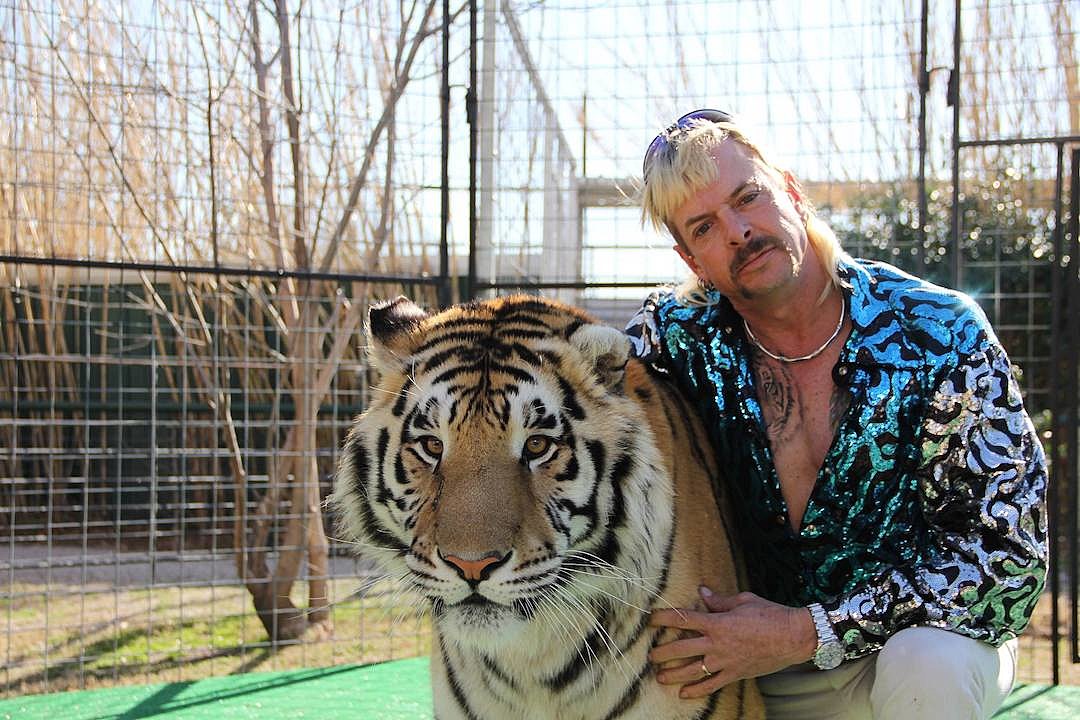
Enter the world of Joe Exotic, the flamboyant owner of G.W. Zoo in Oklahoma, which became the epicenter of the hit series “Tiger King.” This private zoo was known for its large collection of big cats and the eccentric personality of its owner. However, beneath the spectacle and entertainment, there were darker hues painted across the canvas. Accusations of animal abuse, mismanagement, and the eventual conviction of Joe Exotic for murder-for-hire and violations of wildlife laws turned the zoo into a media frenzy spectacle.
The zoo’s story is a tangled mess of legal battles, animal rights concerns, and personal vendettas. Visitors initially drawn by the charisma and controversy surrounding Joe Exotic soon learned about the alleged mistreatment and poor conditions faced by the animals. The saga highlighted the need for better regulatory frameworks and support systems to ensure the well-being of animals in private zoos, sparking debates on animal ownership laws and the ethical implications of breeding exotic animals for profit. The zoo, under various managements, struggled to overcome its notorious reputation, serving as a stark reminder of how quickly entertainment can eclipse ethical considerations.
The Tale of Tiger Temple

Nestled in the lush landscapes of Thailand, Tiger Temple was once a sanctuary where visitors could walk alongside tigers and take that perfect selfie. It sounded like a dream come true for any wildlife enthusiast, right? Well, it turned out to be more of a nightmare. Investigations and raids in 2016 uncovered a horrific scenario: dozens of dead tiger cubs found frozen, believed to be part of illegal wildlife trafficking. This sanctuary, cloaked under the guise of conservation, was allegedly involved in the dark side of animal exploitation.
The public outcry was immense. Here was a place that had paraded itself as a refuge for one of nature’s most majestic creatures, yet it was potentially harming them. The closure of Tiger Temple led to a wider discussion about the ethics of wildlife tourism and private zoos. It became a cautionary tale about the importance of transparency and the dangers of turning conservation areas into commercial ventures without strict oversight. The scandal reminded everyone that behind the allure of exotic animal encounters, there could be unsettling truths hidden away from public eyes.
The Shadow Over Surabaya Zoo
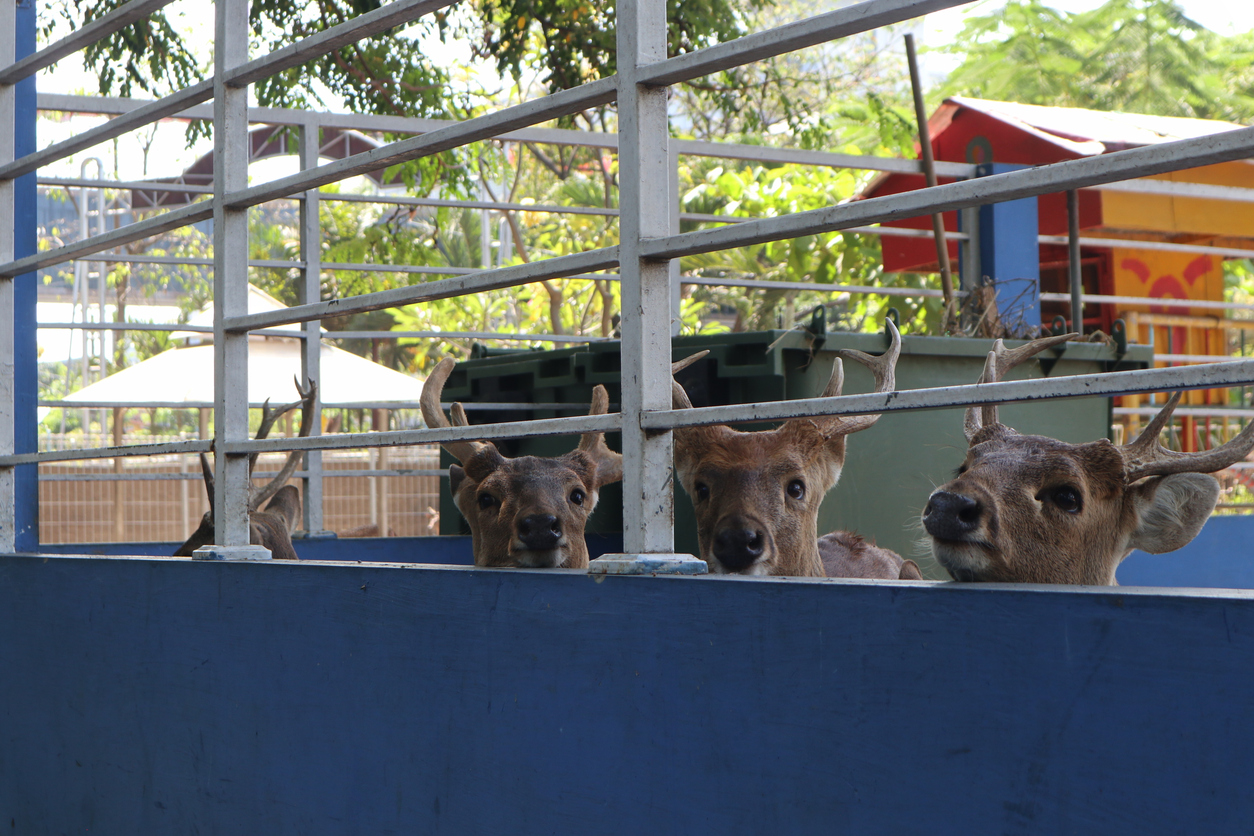
Often dubbed the “Zoo of Death,” Surabaya Zoo in Indonesia has faced intense international scrutiny over the years. The zoo’s reputation plummeted due to alarming rates of animal deaths and substandard living conditions. Stories surfaced of malnourished and sick animals, overcrowded cages, and inadequate care, which painted a bleak picture of neglect and mismanagement. The death of a Sumatran tiger, along with numerous other preventable deaths, sparked global outrage and calls for immediate reforms.
The situation at Surabaya Zoo called into question the oversight of animal welfare in institutions tasked with the care and conservation of wildlife. Efforts to improve conditions have been ongoing, but the zoo’s legacy remains tarnished, serving as a grim example of what can happen when care standards are not met. The plight of the animals at Surabaya Zoo stirred activists and concerned citizens alike to push for stronger animal protection laws and better enforcement, making it clear that the world was watching and that accountability in animal care is non-negotiable.
The Fall of Buenos Aires Zoo
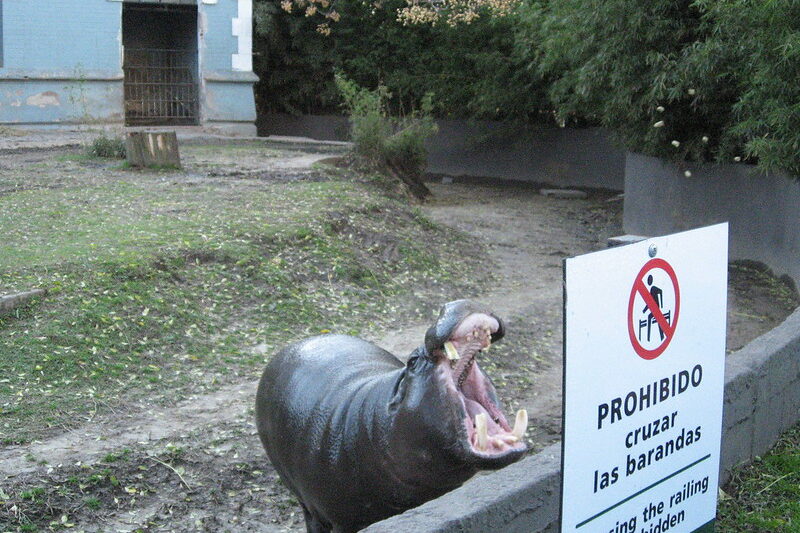
In the heart of Argentina’s bustling capital, Buenos Aires Zoo once stood as a prominent city landmark, home to over 2,500 animals. However, behind its grand facade lay a series of troubling issues that led to its closure in 2016. Reports of inadequate enclosures, poor animal health, and outdated management practices sparked public and governmental concern. Images of visibly distressed animals, including polar bears in sweltering heat and elephants in cramped spaces, galvanized a movement towards more ethical animal treatment.
The transition of the zoo into an ecopark was a significant shift, aimed at focusing on rehabilitation and conservation rather than entertainment. The story of Buenos Aires Zoo serves as an educational tale about the evolution of public perception regarding animal captivity. It highlights the changing demands for animal welfare in urban settings and underscores the growing consensus that big cities might not be the best places for maintaining traditional zoos. This transformation also inspired similar initiatives globally, where the emphasis has moved from exhibition to conservation.
Tragedy at Zanesville Animal Farm
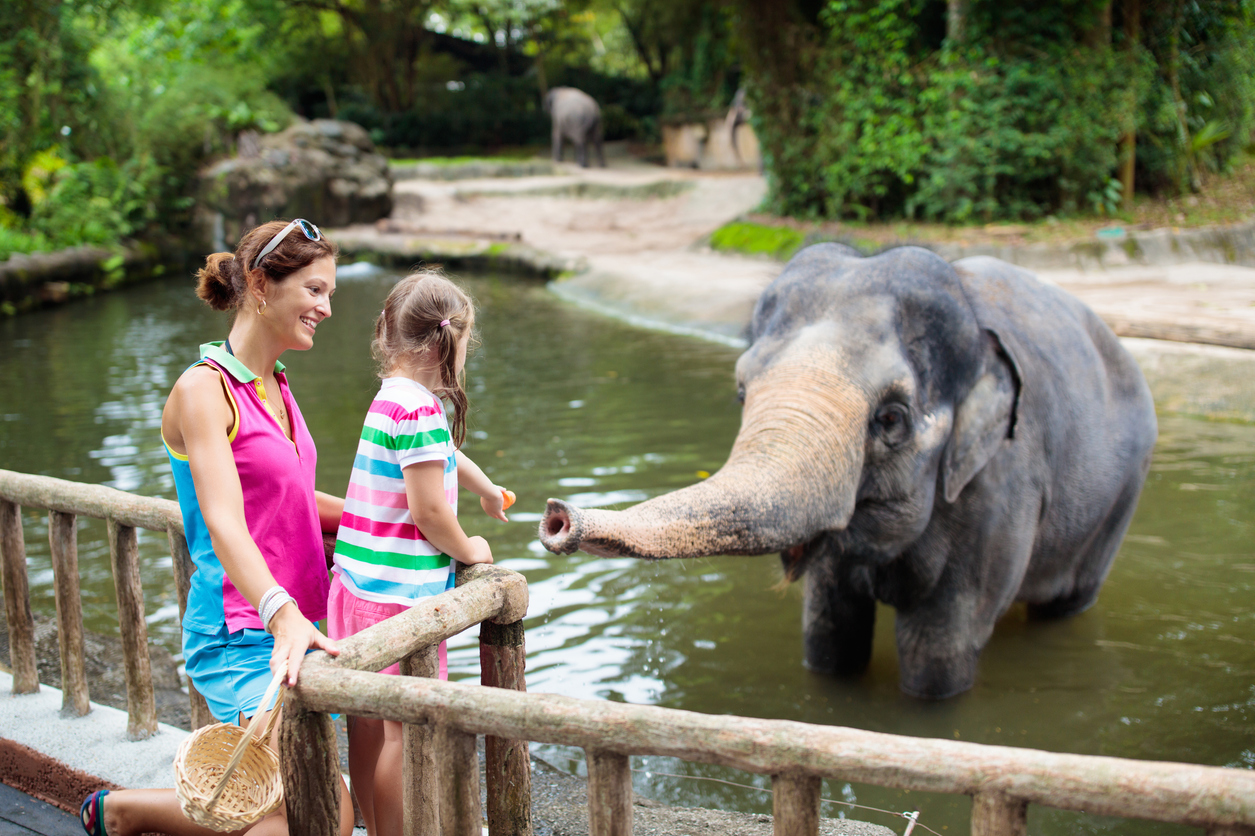
The Zanesville Animal Farm in Ohio became the center of a tragic and bizarre news story in 2011 when its owner released over 50 exotic animals—including lions, tigers, and bears—before taking his own life. Law enforcement found themselves in an unprecedented situation, leading to the unfortunate death of nearly all the freed animals to ensure public safety. This incident shocked the world and highlighted the severe risks associated with private individuals owning exotic wildlife.
The aftermath led to significant changes in exotic animal legislation in Ohio and other states, tightening restrictions on the ownership of dangerous wild animals. The Zanesville massacre, as it came to be known, was a wakeup call to the nation about the potential dangers posed by privately owned exotic animals and the often inadequate regulations that failed to prevent such disasters. It spurred a national debate on the ethics of exotic animal ownership and the responsibilities of private zoo operators to ensure both animal welfare and public safety.
The Controversy Surrounding Lujan Zoo

Lujan Zoo in Argentina offers an experience like no other, where visitors can get up close and personal with lions, tigers, and other dangerous animals. However, this zoo has been mired in controversy, with numerous accusations of drugging animals to make them docile enough to interact with humans. Videos and photographs from visitors showing people petting and feeding fully grown predators sparked international outrage and debates over animal sedation for entertainment purposes.
Critics argue that such practices are not only unethical but also dangerous for both animals and humans. The zoo defends its practices by claiming that they raise their animals to be tame and that no sedatives are used. Yet, the ethical dilemma remains a topic of heated discussion. Lujan Zoo’s practices continue to draw attention and criticism, highlighting the fine line between interactive education and exploitative entertainment in wildlife tourism.
Disarray at the Crimean Safari Park
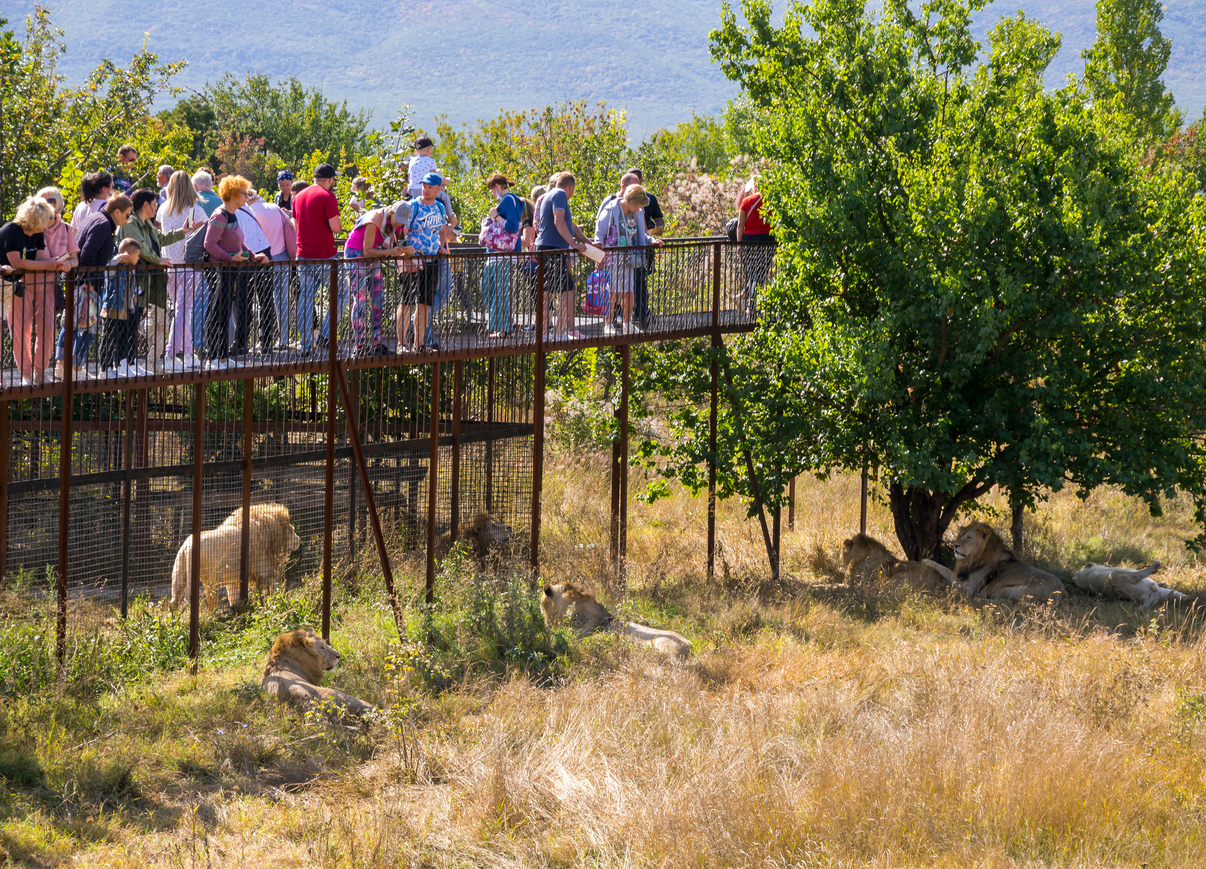
The Crimean Safari Park, once celebrated for its immersive approach to wildlife observation, has faced scrutiny over allegations of poor animal treatment and mismanagement. Reports and images showing animals in dilapidated enclosures, lacking proper shelter and veterinary care, have circulated, drawing criticism from animal rights groups and the public. The park’s management has been accused of prioritizing profit over the well-being of its animals, with minimal reinvestment into facility upgrades or animal health.
The park’s situation serves as a grim reminder of how neglect and financial motives can overshadow the mission of conservation and education that many zoos and safari parks claim to uphold. The ongoing controversy urges a reevaluation of wildlife parks’ roles and responsibilities, pushing for a global standard that ensures animals are not only surviving but thriving in environments that respect their natural behavior and provide the care they deserve.
These stories from various corners of the globe provide stark insights into the complexities and ethical challenges facing private zoos. Each case underscores the urgent need for comprehensive oversight, stringent regulations, and a shift towards more humane and sustainable practices in animal care and management.


